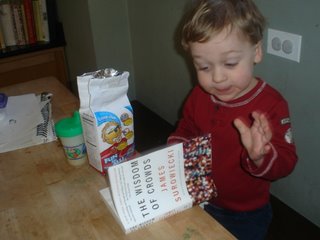Jim Collins and Latino Achievement
 Good to Great and Built to Last have already had a profound impact on education. Many school administrators have read them and attempted to implement their messages. I've sat through countless meetings with administrators how talked about the importance of “getting the right people on the bus.” In fact, Good to Great has replaced Senge’s The Fifth Discipline as the must read business book for educators. Collins bases his studies on comparisons. In his books, Collins takes a successful company and compares it with a company that flounders. A similar methodology is used in Why Some Schools with Latino Children Beat the Odds...and Others Don't. Collins and and company compare elementary schools that are beating the odds to “twin” schools that are not progressing. One thing is clear, lot will be made of the report's findings. Collins found that successful schools:
It is important to take note that the usual suspects were missing from the list:
Undoubtedly the cult of Collins among administrators will grow as a result of this report, and it should. I found that the Collins' report supports a learning focused, decentralized approach to education that emphasizes administrative and teacher grit. Make no mistake, the schools that were successful in the study had administrators and teachers that exhibited a laser like focus on improving student achievement. To me a lot of this affirms Richard DuFour’s Professional Learning Communities at Work and Whatever It Takes. Collins’ report is a must read for all educators. . |













